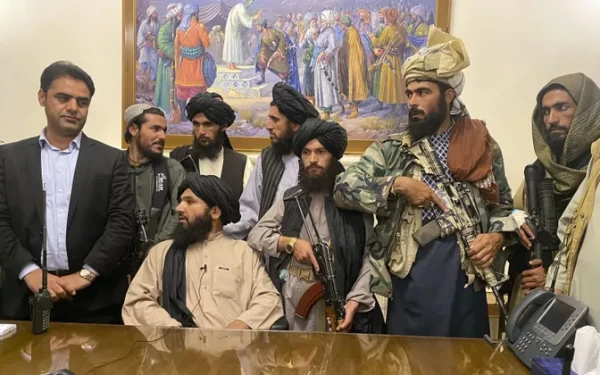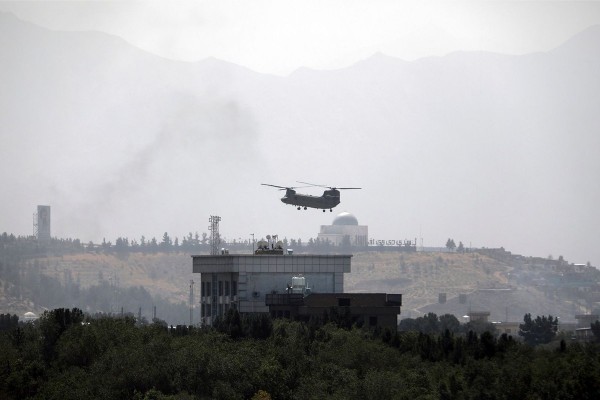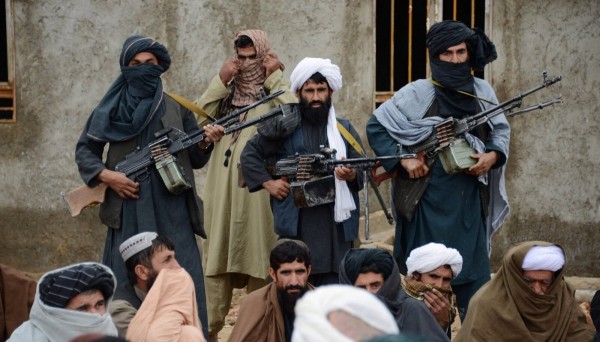The recently concluded NATO and U.S.-EU Summits in Lisbon reaffirmed the strong and dynamic partnership between the United States and Europe. The NATO Summit concluded with three broad areas of progress. First, NATO member states agreed on a path to the future, revitalizing NATO for the 21st century.
A new Strategic Concept was adopted that focuses the Alliance on emerging threats, such as cyber attacks, terrorism, and ballistic missiles. At its core, the Strategic Concept stresses the central Article 5 commitment of the Alliance that an attack on one is an attack on all.
Second, NATO member countries reaffirmed their commitment to success in Afghanistan, announcing that 2011 will mark the beginning of a conditions-based process to transition the lead for security from ISAF to Afghan forces. NATO leaders adopted President Karzai's goal of completing this process by 2014.
Third, in the framework of the NATO-Russia Council, it was agreed to approve the Joint Review of the 21st Century Common Security Challenges that will guide NATO-Russia security cooperation. Moreover, there was agreement to cooperate on missile defense against shared threats, as well as expanding cooperation in support of the Afghan government, including expanding ISAF-Russia transit agreements. Summing up the net effect of the Summit, President Obama remarked, "We came to Lisbon with a clear task, and that was to revitalize our Alliance to meet the challenges of our time. That's what we've done here."
Advertisement / Reklaam
Advertisement / Reklaam





